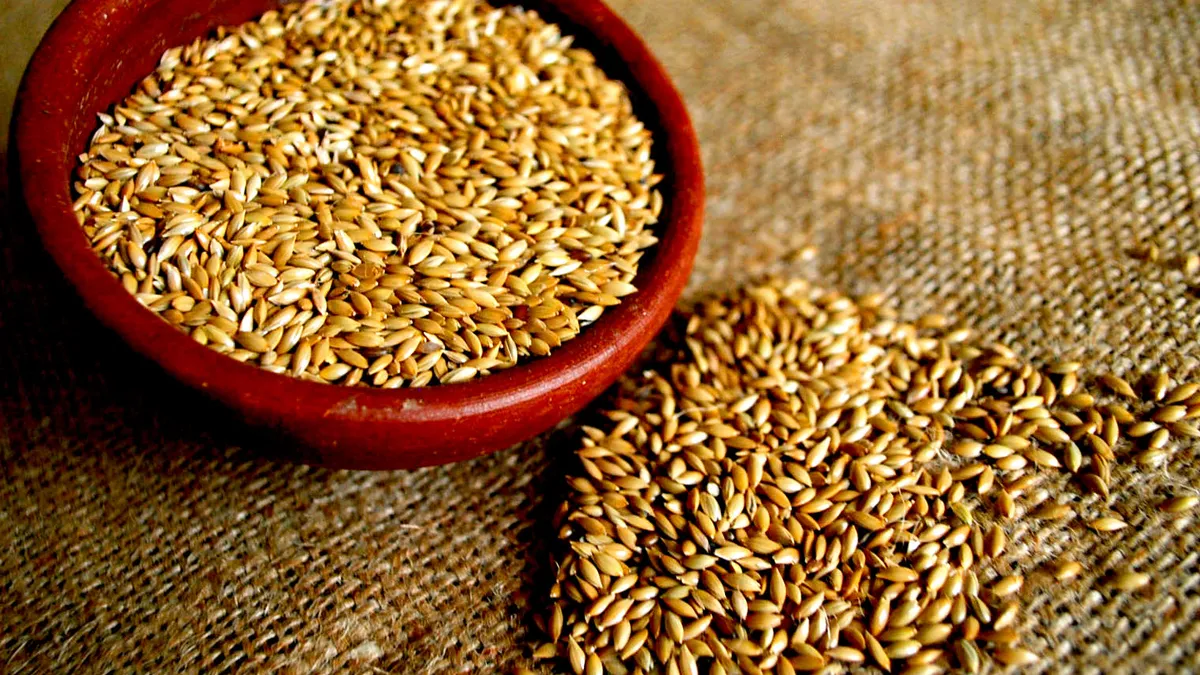Dive Brief:
- Roughly 59% of edible produce fails to reach those in most need due to food waste, and in developing countries, 40% of food loss occurs at the post-harvest and processing stages of the supply chain, Eco-Business reported Tuesday.
- To address this global problem, the Forum for the Future, the UK Institute of Mechanical Engineers and the ADM Institute for the Prevention of Postharvest Loss recently unveiled its Global Food Logistics Innovation Map, an online directory to help food and logistics companies collaborate in food loss prevention.
- While large food companies can save food and money through independent initiatives, supply chain partnerships are necessary if the vast number of small businesses are to help reduce food loss. While the map currently is only available in Singapore, an online version is being created.
Dive Insight:
Waste within the food chain is an obvious problem, and in today's global economy complicates even further the challenges for sourcing as prices are ever more competitive and margins shrink. With more persons engaged in harvesting, transport, and sales, profit for growers is diminished. In addition, especially in more rural areas, small, subsistence farmers who previously provided a substantial amount of available grains and produce have receded from the market, whether from impoverishment or poor environmental conditions.
In addition, for producers who attempt to sell through grocery stores rather than traditional markets, their volumes often cannot meet the demands made by sellers, such as challenging or poor payment terms, higher quality standards that growers cannot meet, penalties for partial deliveries and a return clause requiring suppliers to not only collect expired or rotted food, but also refund payments already made.
In short, growers and suppliers bear an imbalanced burden in the process of feeding the population in countries teetering between old-style market sales and modern grocery standards. Ideally, the new initiatives to be revealed by the Innovation Map will lead to better distribution methods and a worldwide reduction in hunger.













